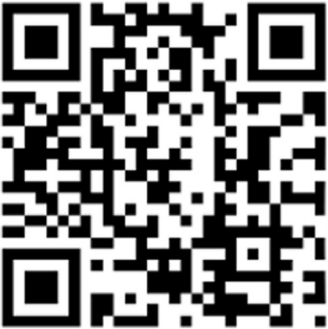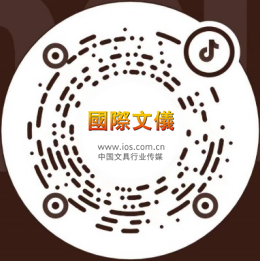Leading writing instruments manufacturer BIC has said that later back-to-school (BTS) purchasing in Europe and North America negatively impacted its top line in the first half of the year.
H1 sales at BIC’s Stationery division were €400.8 million ($447 million), a comparable year-on-year decline of 3.6%, while second quarter sales were €252.5 million, a comparable decrease of 2.3%. The company pointed to a shift in BTS purchasing from June to July in both the French and North American markets.
In Europe, BIC said the BTS timing issue in France led to H1 sales declining in the low single digits, although it added that it had gained 0.1 points in value share in a market that was estimated to have increased by 1.8% in the five months to the end of May.
In North America, BIC said it had performed in line with a flattish US stationery market, but had been able to achieve share gains in the gel pen and permanent market categories and in the e-commerce channel.
BIC’s H1 sales in Latin America were down in the mid-single digits, driven by the performance of adhesive labels unit Pimaco and a weak performance in Ecuador. The manufacturer said it gained share in Mexico and Brazil.
In India, changes to the go-to-market strategy at Cello Pens weighed on H1 sales, with revenue down in the low double digits, but domestic sales recovered in the second quarter, growing in the mid-single digits, driven by brands such as Butterflow.
Adjusted H1 operating margin in the Stationery division fell by 320 basis points year on year to 8.5%. This decline was attributed to higher raw material costs, unfavourable currency and higher investments in brand support.
In its earnings release, BIC provided an update on its “Invent The Future” transformation plan. It said that annualised savings from the plan were now expected to be €45 million by 2022, and also revealed that e-commerce sales – part of its omnichannel strategy – grew by 21% year on year in the first half of 2019, largely due to pure players such as Amazon. The company has also launched a direct-to-consumer website in France.
H1 sales at BIC’s Stationery division were €400.8 million ($447 million), a comparable year-on-year decline of 3.6%, while second quarter sales were €252.5 million, a comparable decrease of 2.3%. The company pointed to a shift in BTS purchasing from June to July in both the French and North American markets.
In Europe, BIC said the BTS timing issue in France led to H1 sales declining in the low single digits, although it added that it had gained 0.1 points in value share in a market that was estimated to have increased by 1.8% in the five months to the end of May.
In North America, BIC said it had performed in line with a flattish US stationery market, but had been able to achieve share gains in the gel pen and permanent market categories and in the e-commerce channel.
BIC’s H1 sales in Latin America were down in the mid-single digits, driven by the performance of adhesive labels unit Pimaco and a weak performance in Ecuador. The manufacturer said it gained share in Mexico and Brazil.
In India, changes to the go-to-market strategy at Cello Pens weighed on H1 sales, with revenue down in the low double digits, but domestic sales recovered in the second quarter, growing in the mid-single digits, driven by brands such as Butterflow.
Adjusted H1 operating margin in the Stationery division fell by 320 basis points year on year to 8.5%. This decline was attributed to higher raw material costs, unfavourable currency and higher investments in brand support.
In its earnings release, BIC provided an update on its “Invent The Future” transformation plan. It said that annualised savings from the plan were now expected to be €45 million by 2022, and also revealed that e-commerce sales – part of its omnichannel strategy – grew by 21% year on year in the first half of 2019, largely due to pure players such as Amazon. The company has also launched a direct-to-consumer website in France.






















